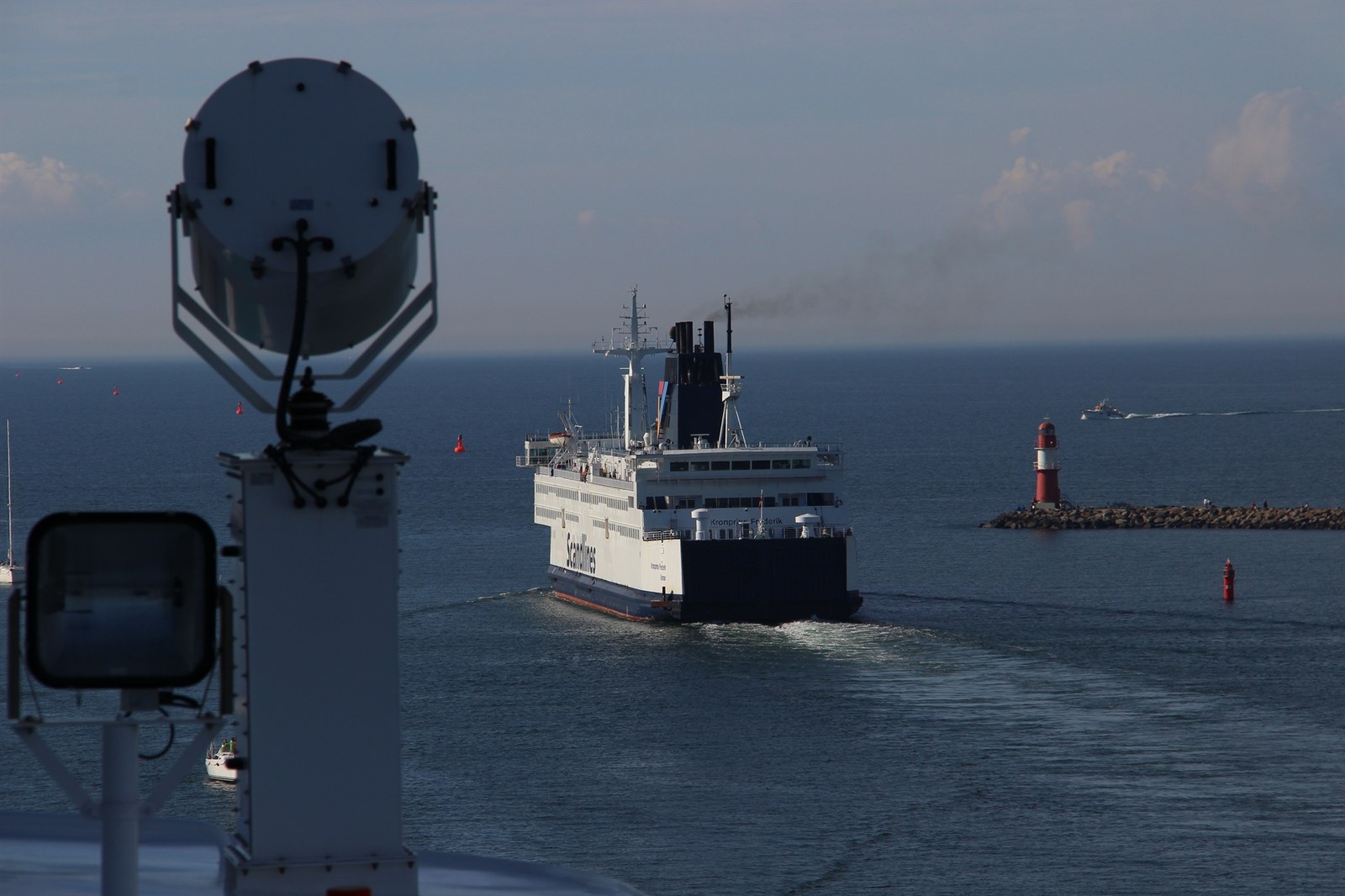Resilience of maritime infrastructures

Maritime infrastructures are critical infrastructures for they play a crucial role in supplying a society, the functioning of the economy, maintaining mobility and the deployment of renewable energies. For this reason the institute is focusing its research and development on the improvement of the resilience of maritime infrastructures in a holistic approach including diverse safety and security aspects.
„Resilience is the ability of a system, community or society exposed to hazards to resist, absorb, accommodate to and recover from the effects of a hazard in a timely and efficient manner, including through the preservation and restoration of its essential basic structures and functions.”
United Nations Office for Disaster Risk Reduction
Safety is often taken to mean the absence of danger. If an operational system is in a safe state, risks to human life, loss of goods and environmental damage can be almost completely ruled out. If the system is to be protected from misuse, manipulation, destruction and other criminal or terrorist dangers, guaranteeing its security in the face of attacks becomes the ultimate objective. Safety is only achievable if potential sources of disruption – whether natural or human-made, internal or external – can be detected, considered and averted, or mitigated in terms of impact (security). Not infrequently, weak points in safety have been exploited as ‘gateways’ for different kinds of external attacks.

Lots of disciplines have devised their own definitions of resilience. These differ in their focus and associated objectives, which may be of a technological, economic, environmental or even social nature. In technology-related fields, resilience is often seen as the ability of technology systems to continue to operate even in the event of the failure of specific subsystems as a result of internal or external disturbances. Typical solutions include system layouts with redundant components and the provision of back-up functionalities, which ultimately ensure that a nominal resistance is achieved or increased when faced with internal or external disruptions. In socio-technical systems, the emphasis is instead on hazard management, damage limitation and recovering functionality and performance.
Due to its critical nature, the resilience of maritime infrastructures cannot be considered separately from the related safety and security aspects. Nominal resistance is a design criterion and determines the need for proactive and reactive safety and security measures in technological and socio-technical disciplines, with the aim of ultimately achieving the desired operational performance under current conditions. Nonetheless, resilience is an ongoing challenge that needs to be managed operationally throughout a maritime infrastructure’s entire lifecycle. This requires agile safety and security management that is integrated into technological and socio-technical aspects of the maritime infrastructure.
Revisions and upgrading always take place under the premise that system-specific functionality must be ensured to the required level of performance. Technological limitations, human error and ever-changing vulnerabilities are just some of the reasons why systems cannot offer 100% reliable operation or 100% security. A resilience-based approach for maritime infrastructures should see the development of safety and security concepts that can adapt to changes in system behaviour and in the framework conditions. This requires extended system models that not only represent system-specific functionality but also enable qualitative and quantitative recording, description and monitoring of a range of different safety- and security-related aspects. The identification of suitable key performance indicators (KPIs), assigning them parameters with real data, and implementing them into the extended system models form the essential basis for being able to evaluate and optimise the effectiveness of safety- and security-related measures through simulation and experimentally. The use of these models, in combination with practicable methods of measuring and analysis, should enable maritime infrastructures to detect changes that entail potential risks as early and independently as possible in future (resilient situational reports in real time, (R)echtzeit™), with a view to implementing effective measures that will enable foreseeable threats to be averted and potential impairments minimised, as well as enabling efficient reconstruction in the event of damage.
